To stay alive, living organisms must be able to maintain a healthy water balance. In other words, over a certain period at least as much water must enter them as leave them.
Adaptations for collecting and storing water obviously are not very useful without suitable means to conserve the water as well.
As Gordon Rowley in his “Illustrated Encyclopedia of Succulents” (1978) put it so nicely: ”A storeroom for water is of no use if it lacks a door to prevent the contents from escaping”.
Although some water is lost through the surfaces of leaves and stems, most of the loss is caused by transpiration through the breathing pores, so the key to the water balance is reduction of transpiration.
Transpiration rates are also influenced by factors such as temperature, humidity, presence and intensity of sunlight, precipitation, wind, land slope etc.
On hot days, the soil surface may reach a temperature of 75 ° C, whereas a few centimeters higher up it may be up to 40 ° C cooler. In between, there is a layer of still air.
Similar conditions exist above plant surfaces and evidently they have a strong influence on transpiration. The layer is easily thinned or even destroyed by wind.
Many succulents have their leaves or stems arranged in such a way that pockets of still air are formed.
Often, these outgrowths also provide a certain shade and reflect or scatter sunlight hitting the plants.
The stems or leaves may also be covered in a mantle of spines, hairs etc. This coat produces a layer of more or less still air and thereby reduces transpiration; it also gives a certain amount of shade, which helps to diminish exposure to strong radiation – especially when the cover is light in colour.
Spines serve the same purpose as hairs. Usually they are modified branches, leaves or parts of leaves (but in the case of Euphorbia they are often hardened flower stalks and in Monsonia/Sarcocaulon they are hardened leaf stalks).
HAIRS
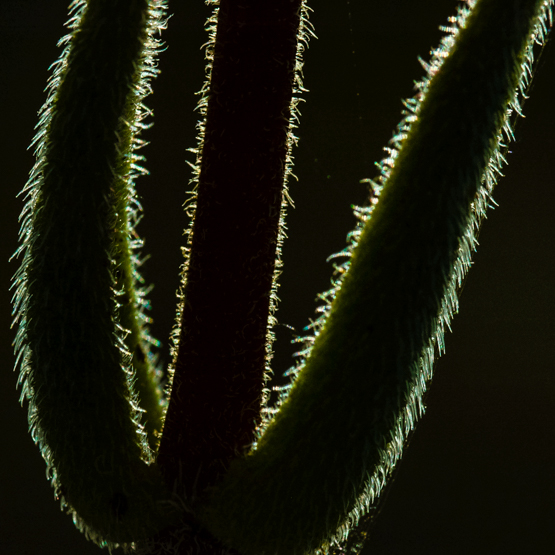
Crassula mesembryanthemoides

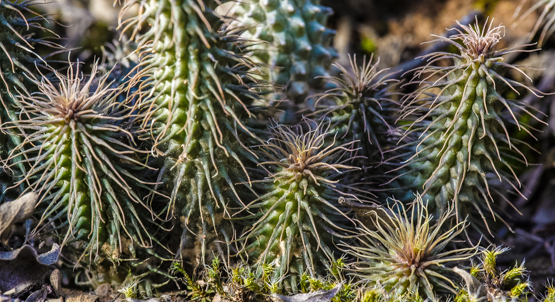
In Huernia pillansii the hairs are in fact very elongated tubercles
SPINES
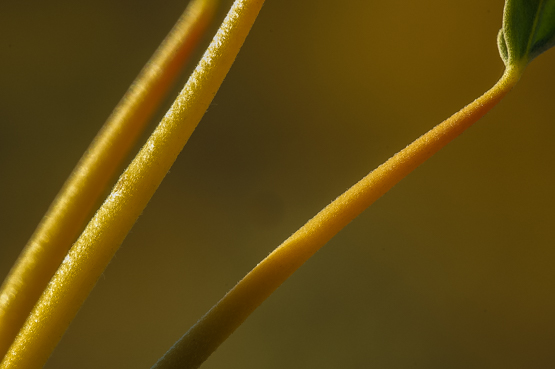
Monsonia crassicaulis
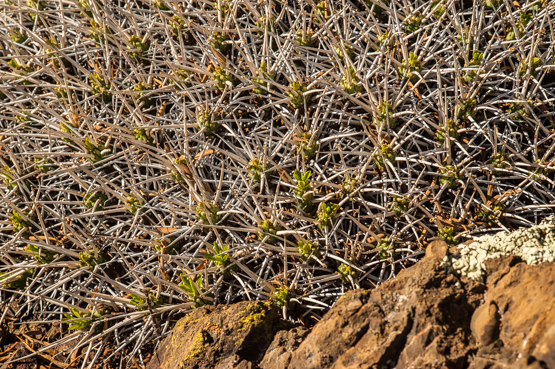
Euphorbia eustacei
STIPULES
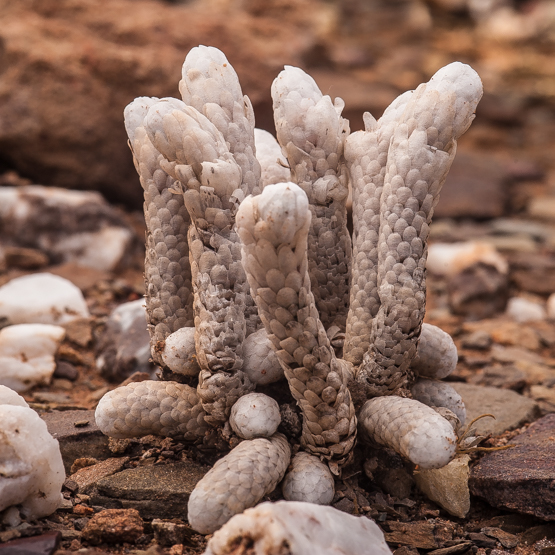
The name of this plant (Avonia papyracea) refers to the white papery scales which hide the tiny green leaves almost completely. The scales are actually stipules (outgrowths at the bases of leafstalks); in this case they are much bigger than the actual leaves and protect these against sun and wind. At the same time the stipules are able to trap water.

In Pelargonium hystrix the stipules look rather different
I
